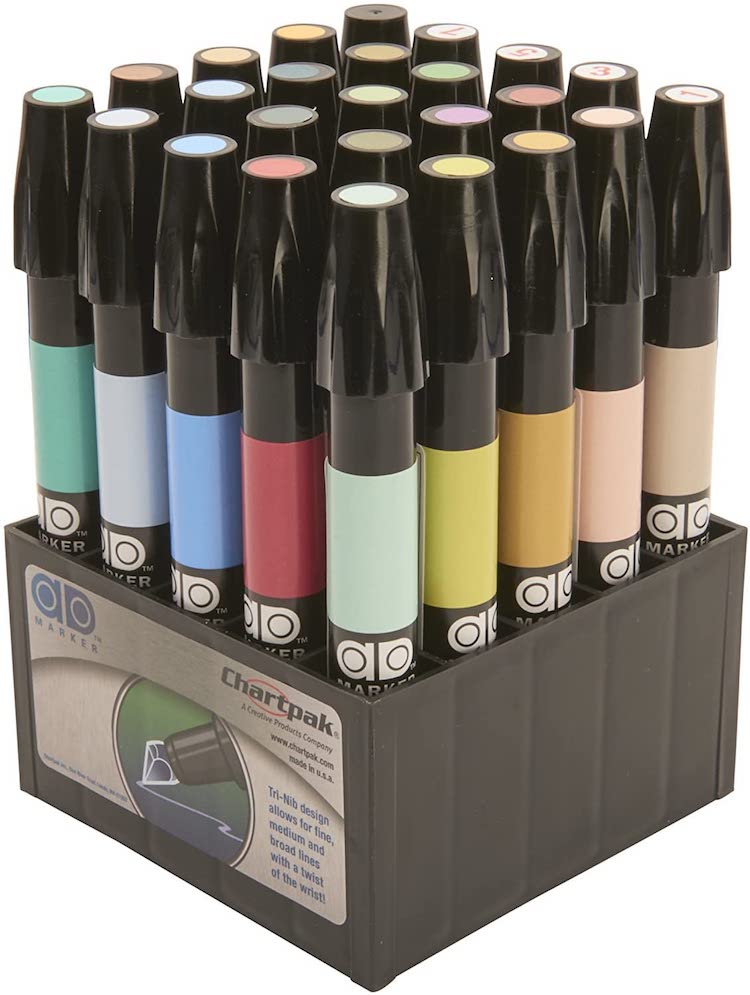In this auspicious occasion, we are delighted to delve into the intriguing topic related to best markers for young artists. Let’s weave interesting information and offer fresh perspectives to the readers.
Introduction
Hey there, aspiring young artists! 👋 I’m so excited to embark on this drawing journey with you. Drawing is a fantastic way to express yourself, explore your creativity, and learn about the world around you.

Before we dive into the exciting world of drawing, let’s get to know each other a little better. Tell me, what are you most excited to draw? Is there anything specific you want to learn how to draw, like animals, people, or maybe even magical creatures? Knowing your interests will help me tailor our lessons to your unique style.
Now, let’s talk about the tools of the trade! Markers are a fantastic choice for young artists because they’re vibrant, easy to use, and perfect for experimenting with different colors. But with so many options out there, choosing the right markers can feel overwhelming.
Here’s a quick guide to help you navigate the world of markers:
Best Markers for Young Artists:
- Crayola Super Tip Markers: These are a classic choice for a reason! They’re super affordable, come in a wide range of colors, and have a sturdy tip that’s perfect for beginners. They’re also washable, which is a big plus for little artists who might get a little carried away with their creativity.
- Sharpie Fine Point Markers: If you’re looking for a marker with a finer tip for detailed drawings, Sharpies are a great option. They come in a variety of colors and are known for their bold, long-lasting ink. Just be aware that Sharpies are permanent, so they’re best used on surfaces that can handle them.
- Prismacolor Premier Markers: For those who want to take their drawing to the next level, Prismacolor markers are a fantastic choice. They offer a wide range of colors, including metallic and fluorescent options, and their blendable ink allows for smooth transitions and beautiful shading effects. They’re a bit more expensive than other options, but they’re well worth the investment for serious young artists.
- Tombow Dual Brush Pens: These markers are perfect for both fine lines and broad strokes, thanks to their dual-tipped design. They also blend beautifully, making them ideal for creating realistic drawings and vibrant illustrations.


Now, let’s talk about the benefits of drawing:
Drawing is more than just a fun hobby; it’s a powerful tool that can help you grow in many ways:
- Boosts Creativity: Drawing allows you to express your imagination and create your own worlds. It’s a fantastic way to explore new ideas and experiment with different styles.
- Improves Hand-Eye Coordination: Drawing requires you to translate what you see in your mind onto paper, which helps strengthen your hand-eye coordination and fine motor skills.
- Enhances Problem-Solving Skills: Drawing often involves finding solutions to visual problems, like how to create perspective or how to shade a certain object. This process helps develop your problem-solving skills and analytical thinking.
- Increases Confidence: As you progress in your drawing skills, you’ll gain confidence in your abilities. This confidence can carry over into other areas of your life, helping you tackle challenges with a positive mindset.
- Reduces Stress: Drawing can be a calming and therapeutic activity. Focusing on the creative process can help you relax and de-stress.

FAQs:

-
What kind of paper should I use for drawing with markers? Smooth, heavy-weight paper is best for markers, as it prevents the ink from bleeding through. You can find marker paper specifically designed for this purpose at art supply stores.

How do I blend colors with markers? You can blend markers by layering colors on top of each other or by using a blending tool, such as a cotton swab or a blending stump.
-
What are some basic drawing techniques I can learn? Start with simple shapes like circles, squares, and triangles. Then, practice drawing lines and curves. Once you’ve mastered these basics, you can start drawing more complex objects.
-
How do I find inspiration for drawing? Look around you! Nature, people, and everyday objects can all be sources of inspiration. You can also look at art books, magazines, and online resources for ideas.
-
What are some fun drawing projects I can try? Draw your favorite animal, create a self-portrait, design a dream house, or illustrate a story you’ve written. The possibilities are endless!
Remember, drawing is all about having fun and exploring your creativity. Don’t be afraid to experiment and make mistakes – that’s how you learn and grow as an artist.
Now, tell me, what are you most excited to draw first? Let’s get started! 🎨

Thus, we hope this article has provided valuable insights into Downloads best markers for young artists. We appreciate your attention to our article. See you in our next article!
 cryptonias.my.id News Bisnis Technology Tutorial
cryptonias.my.id News Bisnis Technology Tutorial